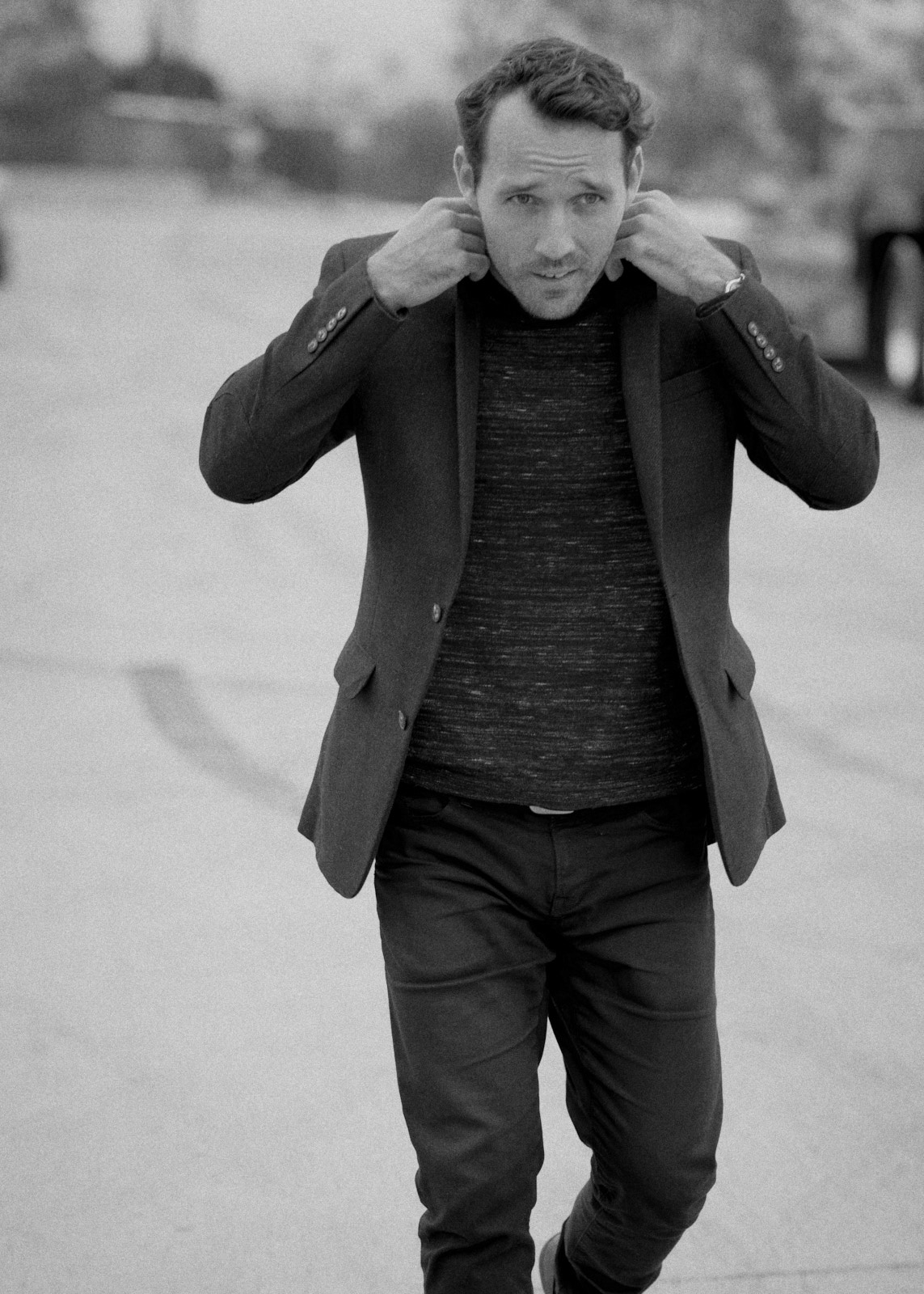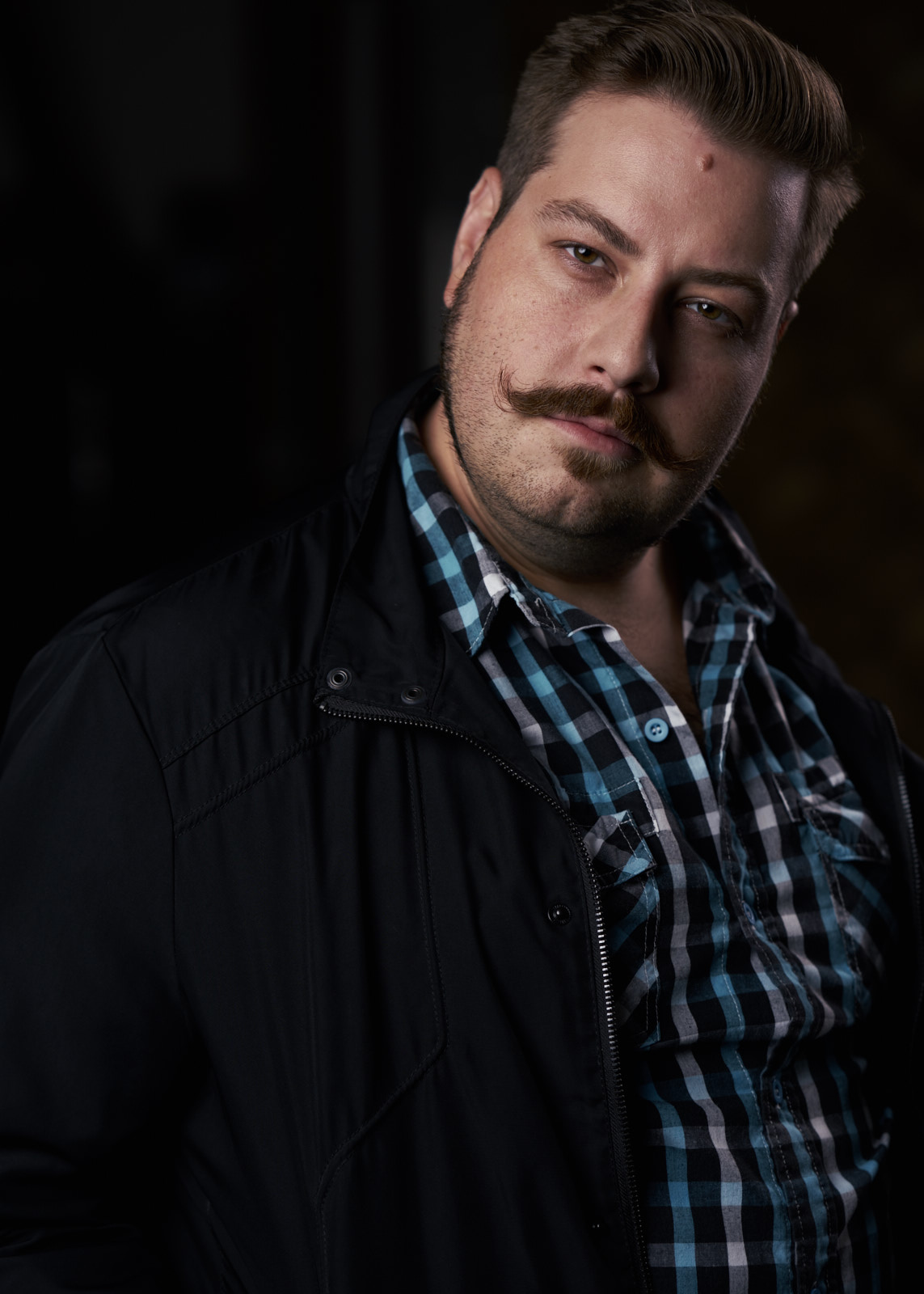When shooting portraits, finding a way to draw the viewer’s attention to the subject and make them pop out from the background is often a primary goal for photographers. We’ve all been frustrated by situations where the subject seems to fade into their surroundings, making for a drab, uninteresting image. The following are a few tricks which can be useful in these cases to draw the eye to what’s important in the frame.
1. Shallow Depth of Field
This method is probably the most familiar to photographers as it’s often a major selling point of wide aperture lenses, and you’ve surely read “excellent subject isolation” in the featured bullet points of your favorite fast primes. Essentially, by limiting your depth of field, you can maintain sharpness on your subject and pleasantly blur out the background into creamy, dreamy bokeh.
There are a few factors that come into play when attempting to limit your depth of field. The main consideration is the aperture you choose, but the sensor size, focal length, and distance between subject and camera also come into play. In reality, sensor size and focal length are just two sides of the same coin. With the distance remaining constant, an 85mm will deliver the same depth of field on a full frame sensor as an APS-C sensor, it will just be the field of view that changes, turning your medium close-up into a tighter headshot.
Usually, if you want to use this method, you’ll want to pick a lens with a longer focal length, at least 50mm, because the longer the lens the shallower the depth of field. However, the distance between camera and subject also plays a major role. It’s possible to create a lovely blurry background with a 24mm lens, provided that you open up the aperture, and get close to your subject- the closer the subject, the shallower the DoF. However, use this particular method with caution when shooting portraits, as wide angle lenses, shot close-up, can distort your subject’s features.
2. Contrasting Brightness
Selective lighting is a classic means of leading a viewers eye through an image. The simplest way to accomplish this is by lighting your subject and letting the background remain slightly underexposed. Alternately, however, you can flip this equation, place your subject in front of a bright, over-exposed background, and let your subject be the darkest object in the frame, essentially creating a silhouette look.
If you find yourself in a natural-light situation where you can’t light your subject and background separately, you can achieve a similar effect with your choice of wardrobe (in portraiture) and background. Putting your model in a light-colored outfit, in front of a dark background, (or vice-versa) even if they’re being lit equally, will create enough contrast to separate them.
3. Contrasting Colors
If you have a basic understanding of color theory, you can use it to create separation. If you don’t have a basic understanding of color theory, you should do a little reading. Start here:
Intro To Color Theory & Practical Tips | A True Divisor Between The Pro & Amateur
If separation is the goal, you’ll want to think in terms of complimentary colors. Putting your model in a red dress in a green field, or a yellow shirt in front of a blue sky, (etc.) will create visual interest, and draw the viewer’s eye to the subject. Thinking in more basic terms, mixing warm colors with cool colors will generally get you close to the target.
Also in this category, you can vary the saturation of the colors used. If you’re shooting somewhere with lots of grayish, muted colors, you can dress your model in an outfit or accessory with a bright pop of color to draw attention. Even if the basic color of the background and subject are the same, putting the subject in the brightest color in the frame will make him/her pop. I should add a brief addendum: I do not condone or recommend using the “selective color” feature on your camera, or artificially desaturating everything but one color.
4. Edge Lighting
If it fits the style you’re going for, you can create separation by adding an edge light, or back light. This will essentially outline your subject with light against the background. When working with natural light, you can simply put the sun behind your subject, or you can create the same effect with a strobe or speed light. With artificial light, you’ll have greater control over the effect, as changing the angle of the light will adjust how much it wraps around your subject, and varying the power of the light will alter it’s impact. Also, using a bare strobe will cast a hard, crisp outline, while adding a modifier will soften the effect, and give you a more gradual transition from light to dark.
5. Motion Blur
This method will depend on what or whom you’re shooting, but in certain circumstances you can creatively ‘drag the shutter’ to blur the background while maintaining a relatively sharp focus on your subject. The end result will be somewhat similar to shooting with a shallow depth of field (and the two can be used together) but this one will yield some interesting, streaky bokeh.
There are two ways to accomplish this look. In either case, you’ll need to pick a slightly slower shutter speed than normal- try starting around 1/10th and dial it in from there. The simpler method of the two is to have your subject move laterally, (keeping on the same focal plane) and then follow that movement with the camera while you take the photo, keeping them in the same place in the frame. You’ll end up with some motion blur on your subject, but substantially less than whatever is behind them.
The other method requires some type of strobe or flash, and works well with an on-camera speedlight, in dark environments. Once you’ve balanced your exposure, frame up your subject, then move your camera in whatever manner inspires you, and take the shot, keeping that movement going until the shutter closes. You can pan, tilt, twist or zoom to create different effects. This one is a favorite for reception photos with the good folks at Lin & Jirsa, and you can see it in action in this short tutorial:
How to Create Rad Reception Images: Drag Your Shutter & Light Up Their Party
These ideas can be used together to produce creative, eye-catching compositions. Next time you find yourself in a tricky situation, you can break into this little bag of tricks to take your images to the next level. Do you have any other tricks along these lines to create separation? Let us know in the comments!
To master foundation lighting techniques and some methods above, check out our Lighting 101 workshop, or stream it along with a plethora of photography and post-production education as an SLRL Premium member.



















